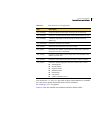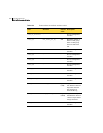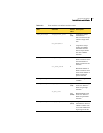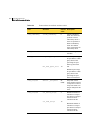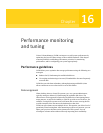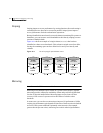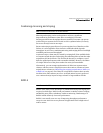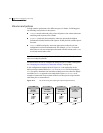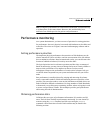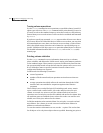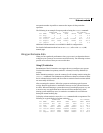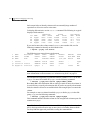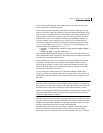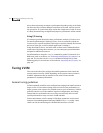
465Performance monitoring and tuning
Performance guidelines
Combining mirroring and striping
Note: You need a full license to use this feature.
Mirroring and striping can be used together to achieve a significant
improvement in performance when there are multiple I/O streams.
Striping provides better throughput because parallel I/O streams can operate
concurrently on separate devices. Serial access is optimized when I/O exactly
fits across all stripe units in one stripe.
Because mirroring is generally used to protect against loss of data due to disk
failures, it is often applied to write-intensive workloads which degrades
throughput. In such cases, combining mirroring with striping delivers both high
availability and increased throughput.
A mirrored-stripe volume may be created by striping half of the available disks
to form one striped data plex, and striping the remaining disks to form the other
striped data plex in the mirror. This is often the best way to configure a set of
disks for optimal performance with reasonable reliability. However, the failure
of a single disk in one of the plexes makes the entire plex unavailable.
Alternatively, you can arrange equal numbers of disks into separate mirror
volumes, and then create a striped plex across these mirror volumes to form a
striped-mirror volume (see “Mirroring plus striping (striped-mirror, RAID-1+0
or RAID-10)” on page 43). The failure of a single disk in a mirror does not take
the disks in the other mirrors out of use. A striped-mirror layout is preferred
over a mirrored-stripe layout for large volumes or large numbers of disks.
RAID-5
Note: You need a full license to use this feature.
RAID-5 offers many of the advantages of combined mirroring and striping, but
requires less disk space. RAID-5 read performance is similar to that of striping
and RAID-5 parity offers redundancy similar to mirroring. Disadvantages of
RAID-5 include relatively slow write performance.
RAID-5 is not usually seen as a way of improving throughput performance
except in cases where the access patterns of applications show a high ratio of
reads to writes.



